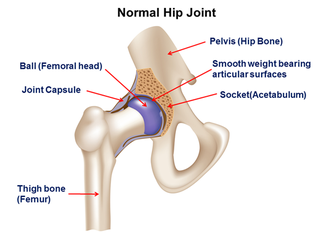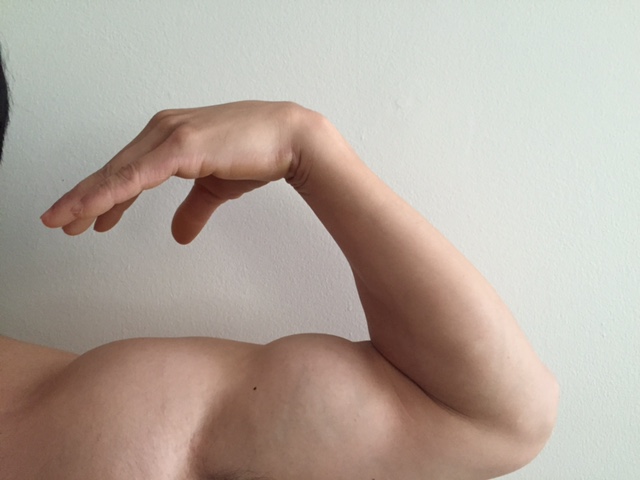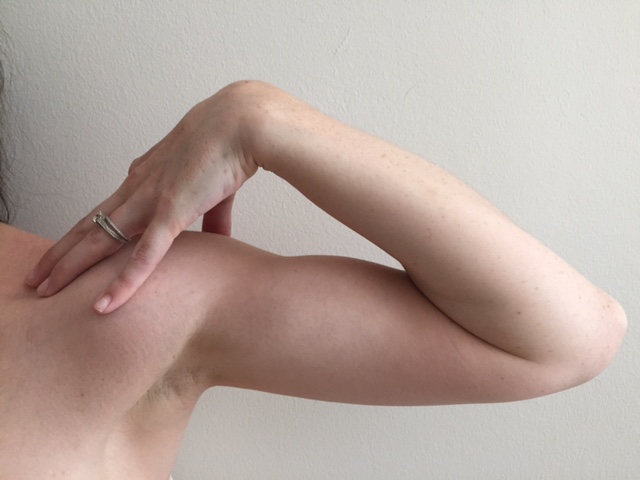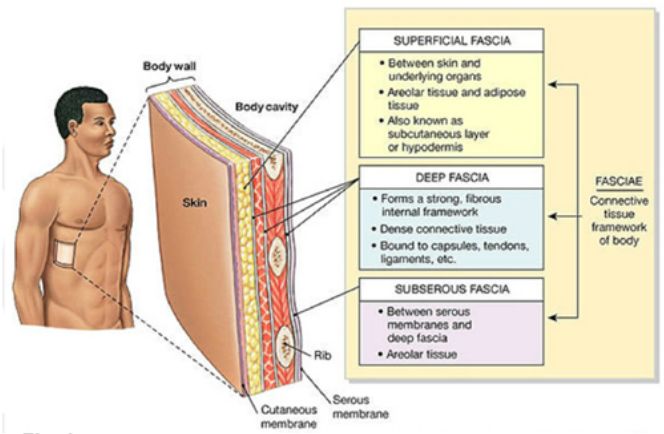In actuality, we already have all of the length that we need to move freely enough to tie our shoes without bending our knees or do a split. But, unfortunately, most of us still can’t. That’s because if we don’t pay attention to our flexibility, we lose our flexibility and get stiffer as we age. A big contributor to the loss of flexibility is the inactivity of our modern lives, which is a lot of sitting at our desks, watching tv, and driving. All this seating causes, for instance, our hip flexors to shorten which can be a terrible source of lower back pain from trigger points. I will give you more details about trigger points in my next post.
3 Elements of Flexibility
I would say there are 3 layers to flexibility:
- Joint capsule
- Fascia
- Proprioceptors.
According to Dave Bender the PT, one of the things that affect squat depth is not only the flexibility of the leg muscles surrounding the hips and knees, but the tightness of the capsular structure around the hip and knee joints. Hence, we can acquire all the flexibility of the soft tissues around the hip like the hip rotators, adductors, and hamstrings but if our hip capsules remain restricted, we won’t be able to complete an “ass to grass squat”. And according to Dave Bender, it takes a minimum of 20 minutes of stretch-hold to have a positive effect on the joint capsule. For example, my elbows have limited motion from all the benching, climbing, and getting locked out in arm bars over the years. Unlike Kate, who can easily touch her shoulders with her fingers, I can’t even come close.
Have you ever noticed when you are having chicken breast for lunch, that upon closer inspection, your lunch has separate compartments of muscle bundles. Those bundles are surrounded and separated by thin layers of fascias. Our flexibility is affected by how these fascias glide against and with each other. Age and injuries usually lead to the formation of adhesions. Over time, your muscles stop gliding smoothly and start sticking to each other. The best way to address this issue is put yourself into the hands of an experience licensed massage therapist like Erin here. But, rolling your body on foam rollers or tennis, lax, and softballs are alternative ways.
Proprioceptors play a key role in how our joints move. For example, when your doctor taps on your knee to test your reflexes, two things happen.
- Excitatory Response: The muscle spindle, which contracts the muscle, kicks in in the quadricep.
- Inhibitory response: The Golgi Tendon Organ (GTO) activates to relax the hamstring on the back of the leg.
This modulation of excitatory and inhibitory actions are what allow for smooth muscular actions that translate into coordinated walking, jumping, throwing, squatting, catching, etc.
Thus, the best way to have a positive effect on the proprioceptors is to train the joints and muscles under load in their deeper ranges of motion. Also simply moving our bodies into various positions and angles trains the proprioceptors by providing valuable input and feedback into the system which then reinforcing proper movement patterns. In addition, progressive weight training allows you to get stronger so that you can handle heavier loads.
There are a few techniques beyond the simple stretches you learned in gym class that could enhance your flexibility. I like to do an active/dynamic warm-up to enhance my joint mobility. It is essentially a warm-up disguised as a form of stretching. Two other effective techniques are Proprioceptive Neuromuscular Facilitations (PNF) and Pneumomuscular Flexibility Training (PFT). The goal of these methods are to activate GTO’s inhibitory response. PNF are simple contract-relax techniques that to target the muscles we want to stretch. PFT is a more extreme way to induce flexibility. Advocated by a Russian trainer named Pavel Tsatsouline, it’s way to force the GTO to activate into even greater degree.
If you have any questions, feel free to email me.





0 responses to “Flexibility revisited”